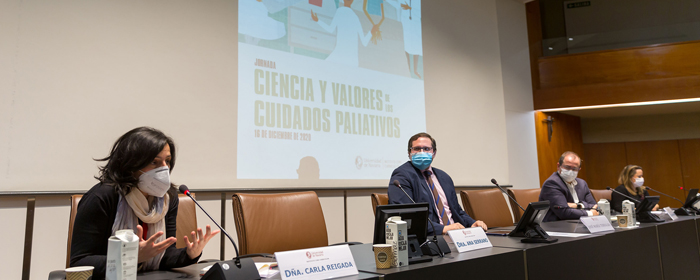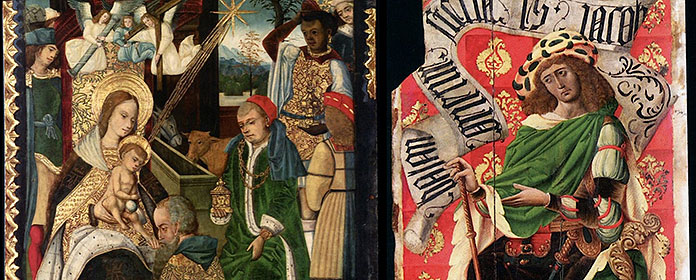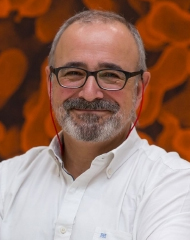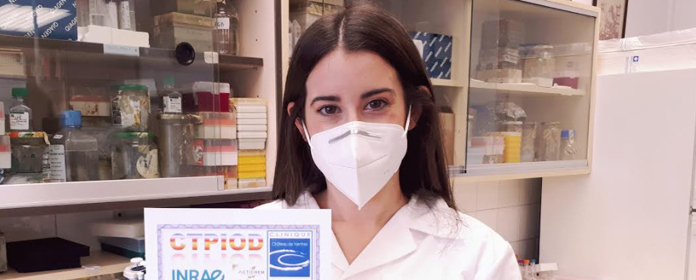20010608"Pese al interés que ha despertado, el mal de las vacas locas no es la única enfermedad priónica"
"Despite the interest it has aroused, mad cow disease is not the only prion disease."
Stanley B. Prusiner, award Nobel Prize in Medicine 1997, visited the University on the occasion of the III Eduardo Ortiz de Landázuri Memorial Lecture.
"Despite the interest aroused in the press by the so-called mad cow disease, we must bear in mind that it is not the only prion disease". This was explained at the University of Navarra by Stanley B. Prusiner, award Nobel Prize in Medicine 1997, who visited the academic center on the occasion of the III Eduardo Ortiz de Landázuri Memorial Lecture.
According to Dr. Prusiner, director of high school of Neurodegenerative Diseases and Professor of Neulogy and Biochemistry at the University of California (USA), "the most common prion disease is Creutzfeltd-Jakob disease, which accounts for 90% of prion diseases in the world, i.e. about 6,000 patients. There are about 600 affected by genetic causes and only 100 with the mad cow variant.
The scientist, architect of the word 'prion', spoke of the importance of prevention: "For this, we need to know the issue of infected cows, but right now it is impossible, because the tests to detect the disease in cattle are not sensitive enough. But it is likely that we will soon have good news in this regard."
In addition," he continued, "it is also important to find out if there is a risk of human-to-human transmission through blood transfusion. And this is still unknown, although there are already prevention programs in countries such as the United Kingdom or Australia. Precisely because of this lack of knowledge of some variables, the topic of the therapy is going to be very important".
Approaches to combat the diseaseAccording to Dr. Prusiner, "there are still many questions to be answered: why has it affected certain patients, what characteristics do they have? It does not seem that they have eaten more hamburgers than others.... Therefore, we still have to understand many characteristics that predisposed these people to develop the disease. I myself, when this disease broke out, did not believe that bovine spongiform encephalopathy (BSE) was transmitted to humans, I thought it was not the same disease, because the prion disease affected older people between 60 and 70 years old, while the human variant of BSE was mainly suffered by young people. Until it was shown to be the same.
Regarding therapeutic approaches to prion diseases, the Nobel Laureate in Medicine described several that have been tried and tested effectively: "One is to create antibodies that counteract the effect of prions. But we are also investigating medications that are small enough to enter the brains of patients through the blood-brain barrier.
Another effective therapeutic treatment, according to tests done on mice," he added, "is gene therapy, because a patient's genes will predispose him or her to suffer from the disease. To change this tendency, viral vectors are used, but they are not yet sufficiently effective. However, in our laboratory, by changing the genes of mice, we have been able to prevent the disease. In Alzheimer's disease, for example, antibodies have been injected into the blood of mice predisposed to the disease, and they are not developing it".




